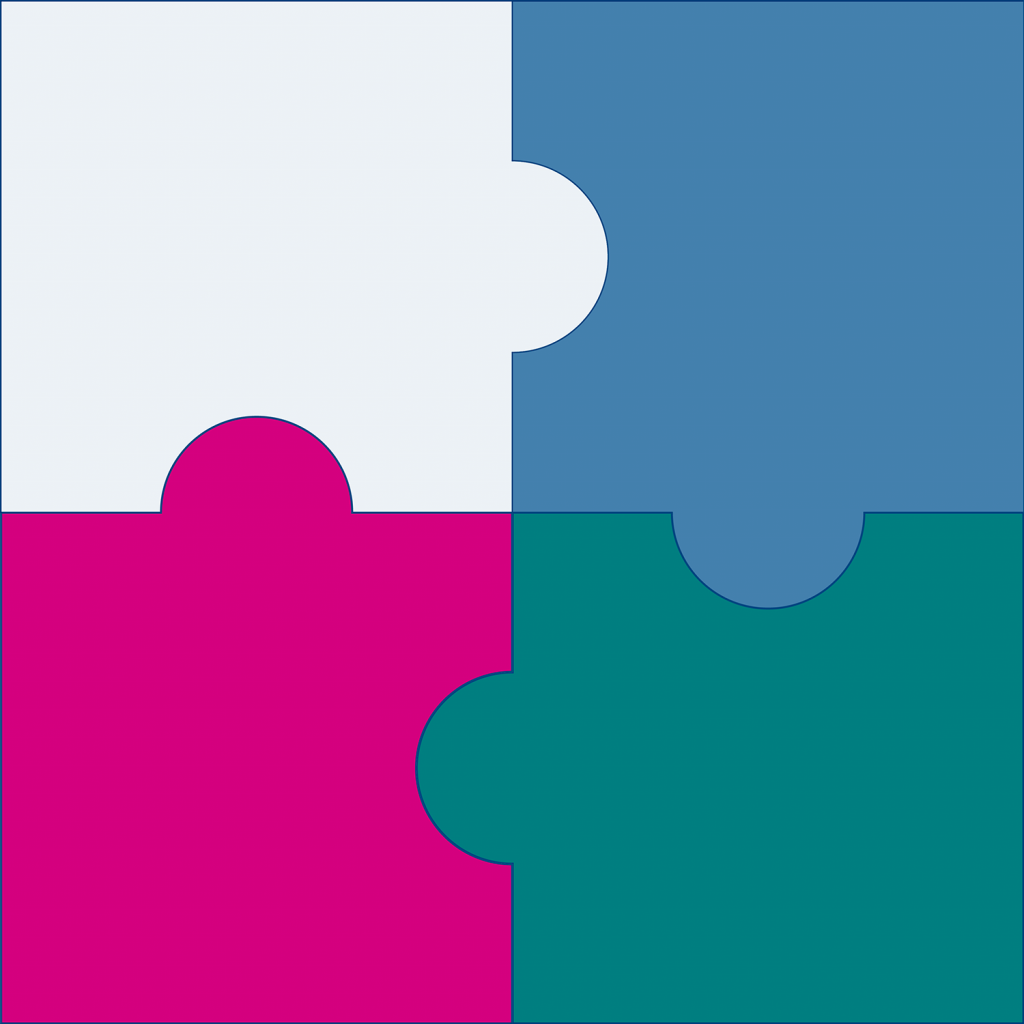Select the crosses for more information on the areas responsible for controlling the bladder.
Instructions for navigating the diagram- once you have read the text click on the side arrow to return the main diagram.
- The muscles of the bladder, urethra and pelvic floor are controlled by the central nervous system
- There are 3 main sites of control. The prefrontal area of cortex, micturition centre in pons, sacral micturition centre (S2-S4)
- During bladder filling detrusor (smooth muscle) is relaxed, to allow it to stretch as it fills and the external urethral sphincter (striated muscle) is contracted to keep it shut
- Bladder filling excites sensory receptors in the detrusor muscle which trigger the urge to empty the bladder
- The decision on whether to empty the bladder or not is made in the right prefrontal cortex
- The message is sent via the pontine centre to the sacral micturition centre
- If voiding is allowed, detrusor contracts as the external urethral sphincter and pelvic floor muscles relax – urinary voiding takes place




